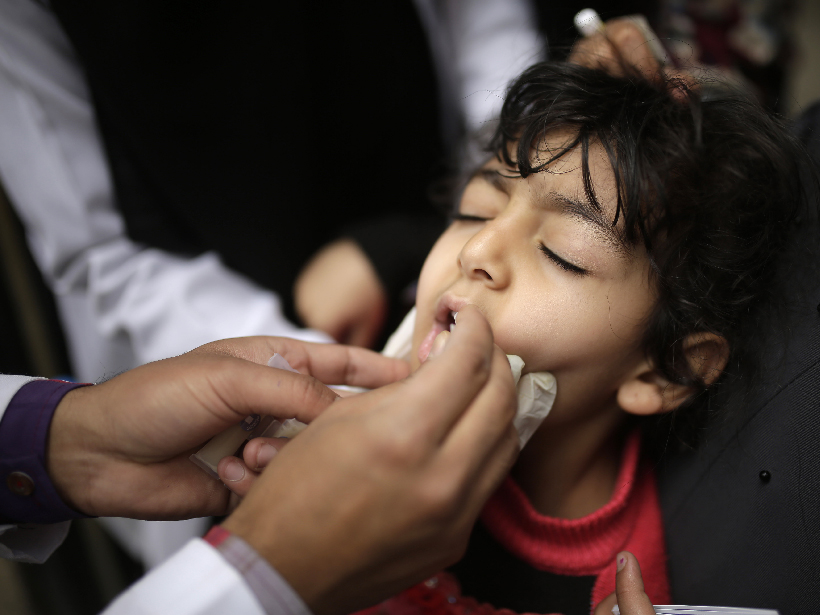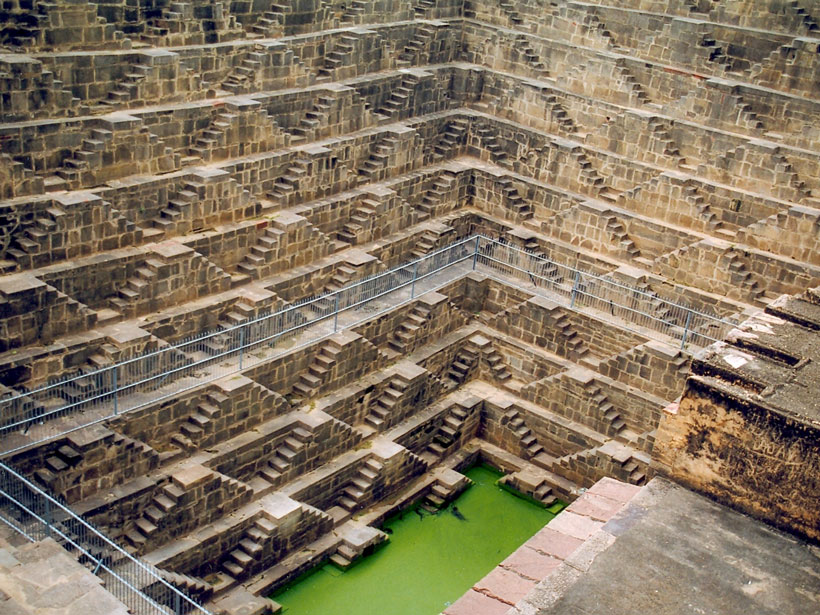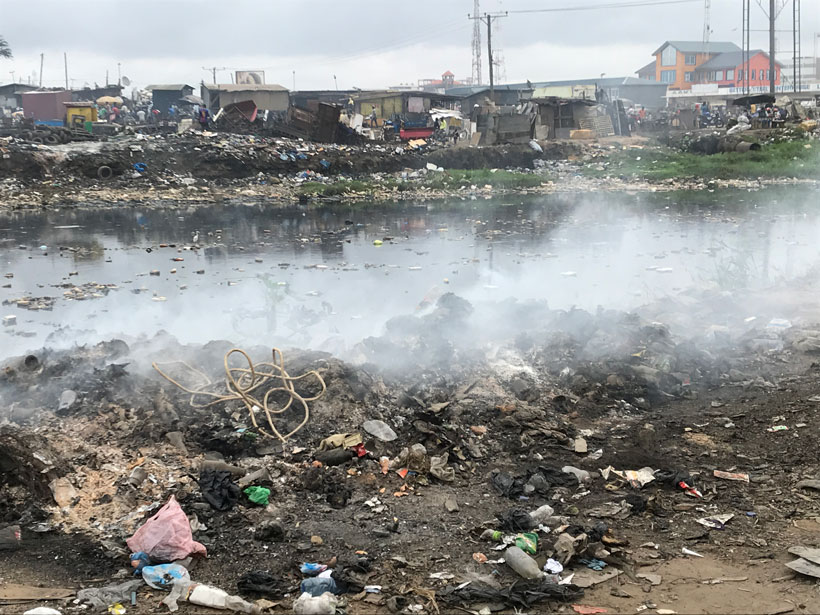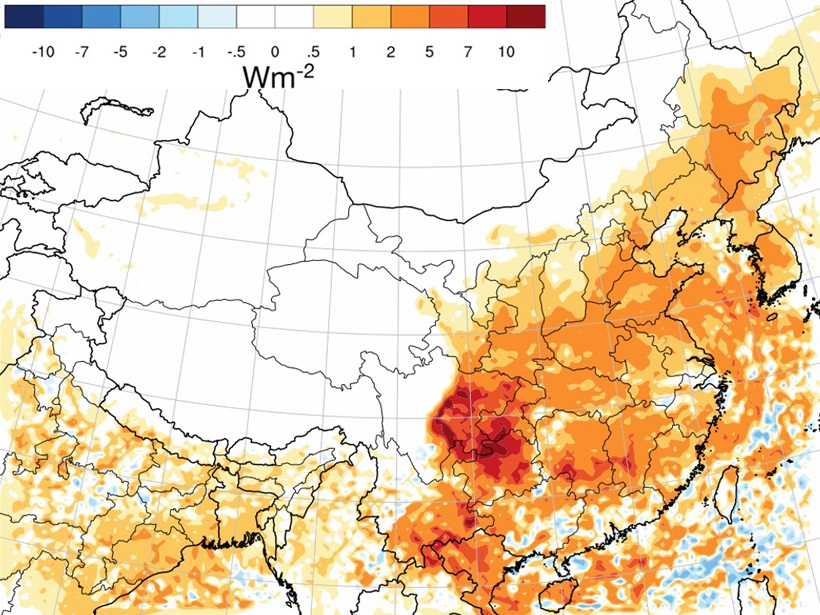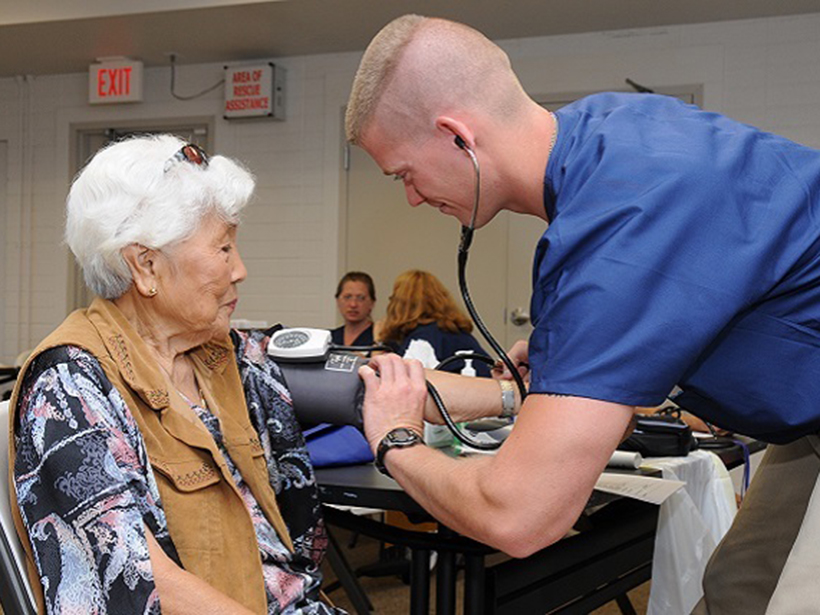Your fish fillet may have less omega-3 fatty acids, an important nutrient for brain health, by the end of the century.
geohealth
El Niño May Be a Culprit Behind the Cholera Epidemic in Yemen
Increased rainfall in East Africa and subsequent wind may have brought infected bugs to Yemen, causing the worst cholera outbreak of our time.
Lawsuit Challenges Trump Administration’s Emissions Rollbacks
The suit argues that the administration is failing to curb carbon dioxide emissions as required under the Clean Air Act.
Widespread Contamination Found in Northwest India’s Groundwater
Naturally occurring contaminants and human-made pollution in drinking water supply may be harmful to human health.
A North Carolina Lake’s Long Legacy of Coal Ash Spills
A new case study suggests that Sutton Lake has been contaminated by multiple coal ash spills, most of them apparently unmonitored and unreported.
Antibiotics Are Flooding Earth’s Rivers
The drugs can lead to drug-resistant bacteria and deadly infections.
Household Cooking and Heating Affect Health and Climate in China
Black and organic particle emissions have significant impacts on both health and climate, and household cooking and heating activities may contribute substantially to these impacts in China.
Wildfire Particulates Raise Cardiopulmonary Health Concerns
New research reveals that exposure to smoky air and the particulates created in wildfires can cause increased cardiovascular and respiratory hospitalizations for people 65 and older.
Judge Blocks Oil and Gas Leases on Public Land, Citing Climate Change
The ruling pointed out a “critical flaw” in fossil fuel leasing.
Monitoring Ecosystem Health in India’s Food Basket
A new critical zone observatory in India’s Ganga Basin helps researchers and farmers understand and improve the ways that human activities shape environmental processes.


